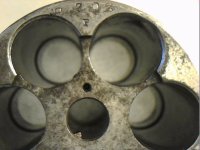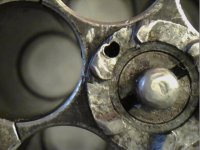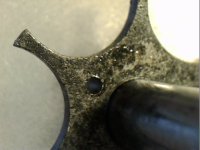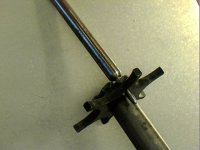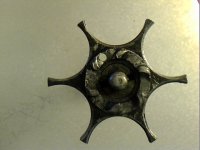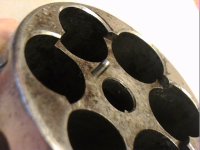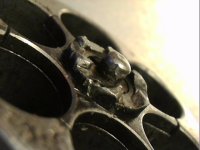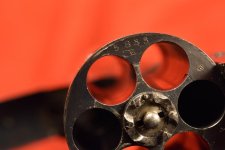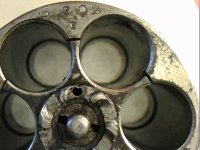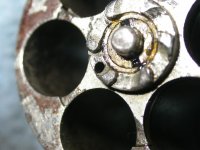- Joined
- Dec 1, 2022
- Messages
- 866
- Reaction score
- 1,405
Hi There,
Here is a small job I had to do on my Schofield 2nd issue. The
alignment pin for the extractor was missing and the hole in the
extractor was damaged. See Pics. I was lucky in that I thought
the pin was broken off in the cylinder but after cleaning in the
ultrasonic cleaner, I found the hole was just filled with crud and
was easy to clear with a drill bit turned between my fingers in
the hole.
Cheers!
Webb
Here is a small job I had to do on my Schofield 2nd issue. The
alignment pin for the extractor was missing and the hole in the
extractor was damaged. See Pics. I was lucky in that I thought
the pin was broken off in the cylinder but after cleaning in the
ultrasonic cleaner, I found the hole was just filled with crud and
was easy to clear with a drill bit turned between my fingers in
the hole.
Cheers!
Webb
Attachments
Last edited:

